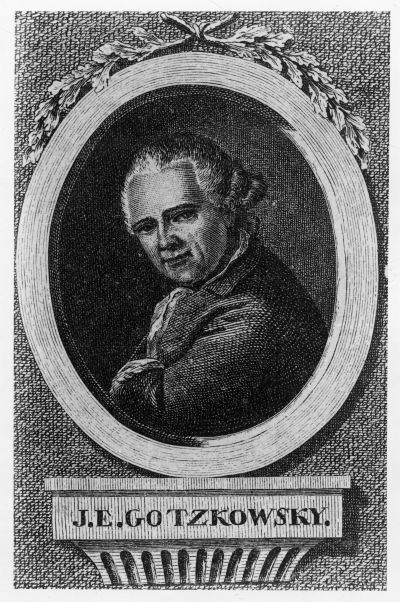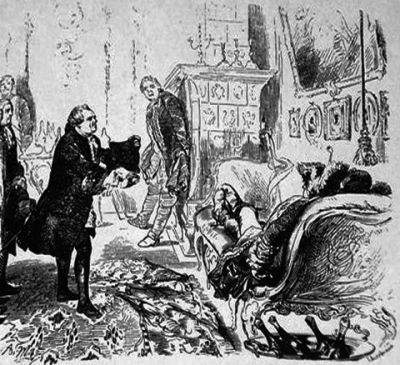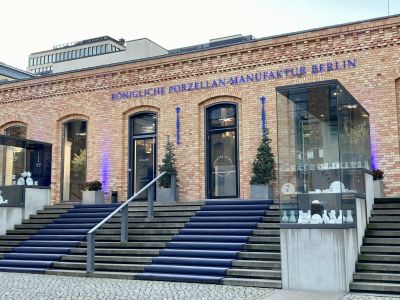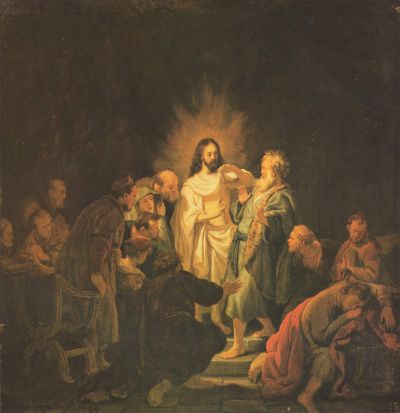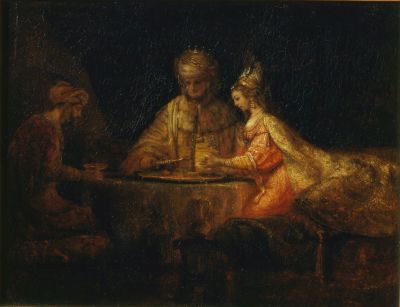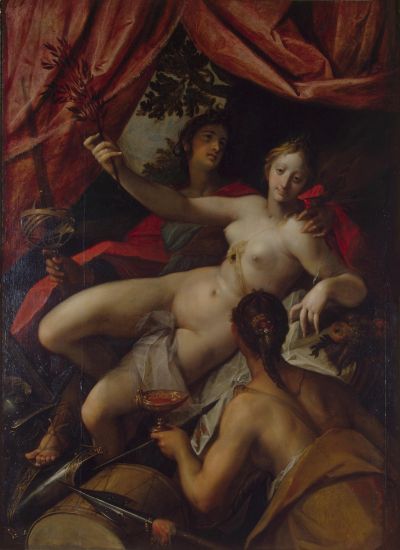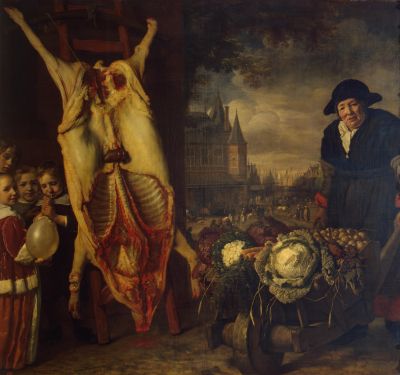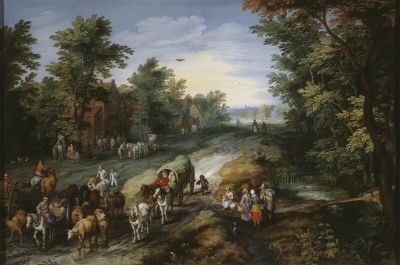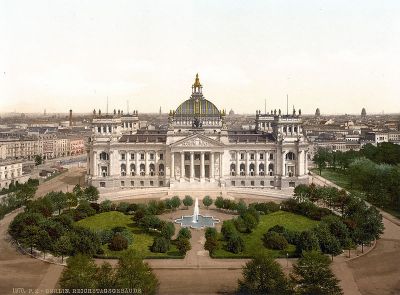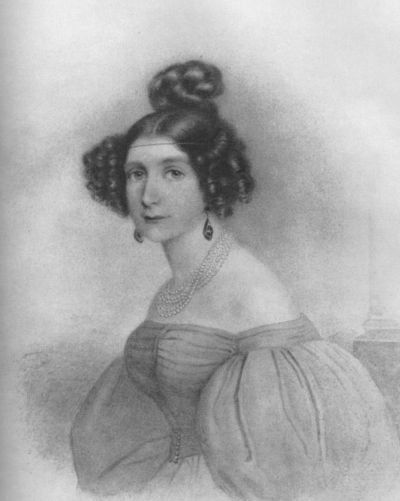Johann Ernst Gotzkowsky (1710-1775)

In Berlin, the name Gotzkowsky can be found frequently in public life. In Moabit, there is a bridge, a chemist and a street that bear his name. Even a primary school was named after him. But in spite of his undisputed accomplishments for the town, the industrious businessman is not very well known and his Polish heritage even less so.
Johann Ernst Gotzkowsky was born in Konitz in what was Royal Prussia (now Chodnice, the Pomeranian Voivoideship) on 21 November 1710, the second son of Adam and Anna Magdalena, née Abelin. The family was descended from Polish lower nobility and had lived in this area for several generations. But even before Johann was born, his parents lost almost their entire fortune in the Great Northern War (1700-1721) when the Swedish soldiers confiscated all their belongings. In 1711, Johann, who was barely a year old, lost his father. A few years later, like his father before her, his mother died from the plague. Johann Ernst Gotzkowsky remembered his early childhood in documents, which have been preserved, as follows:
“My father was a member of the Polish nobility and known everywhere as an honest man. The terrible wars, which ignited the whole of the North at that time, and which had turned Poland into a stomping ground, crushed my parents completely and deprived them of everything that was theirs. I could hardly have been 5 years old when I lost both my parents to the plague which was raging at the time, and thus, at an early age, I became an orphan.”[1]
Because there was nobody local who could have looked after the boy, and his older brother Christian Ludwig had already moved to Berlin before the death of their parents, Johann Ernst was taken in by relatives in Dresden, where, according to his memoirs, he lived until the age of fourteen without learning to read or write.[2] In 1724, his brother took Johann’s education in hand and sent him to a school for merchants. For six years, Gotzkowsky learnt how to be a merchant in Sprögel’s materials business whilst perfecting his reading, writing and arithmetic. Meanwhile, Christian Ludwig was busy enhancing his prestige in the Berlin merchant guild and, after his marriage to the daughter of the wealthy influential businessman Georg Weißling, progressed to doing business with the royal court. After the business where Johann Ernst Gotzkowsky was learning his trade burnt down, his brother brought him into his company, which sold high-end accessories. Its customers included members of the royal family, including the Queen of Prussia, Sophie Dorothea of Hanover.
The contacts he made during this period would later help the younger Gotzkowsky brother to realise his ambitious plans. It was his acquaintance with Frederick II, in particular, whom the merchant visited in Rheinsberg several times, that would prove particularly useful. The future ruler of Prussia spent his youth there, with Gotzkowsky supplying him with fashion accessories that he sourced directly from the famous Leipzig Trade Fair. The years spent in Rheinsberg are considered the period that Frederick the Great spent preparing for his regency in Prussia. When Frederick II came to the throne in 1740 at the age of 28 after the death of his father Frederick William I, the kingdom was in excellent shape. The state administration was impeccable and the royal treasury was full to bursting. However, from an economic standpoint, the development of production facilities was urgently needed. The king discussed his intentions with his closest confidantes, one of whom was Johann Ernst Gotzkowsky. Shortly after he came to the throne, Frederick II appointed him to search for artists and entrepreneurs who wanted to settle in Prussia and who, above all, had mastered the production of silk.
[1] Schepkowski, Nina Simone: Johann Ernst Gotzkowsky. Kunstagent und Gemäldesammler im friderizianischen Berlin, Akademie Verlag, Berlin 2009, p. 11, URL: https://books.google.de/booksid=ckXnBQAAQBAJ&lpg=PP1&hl=de&pg=PP1#v=onepage&q&f=false (last accessed on 11/1/2022).
[2] Schepkowski, Nina Simone: Johann Ernst Gotzkowsky. Kunstagent und Gemäldesammler im friderizianischen Berlin, Akademie Verlag, Berlin 2009.
